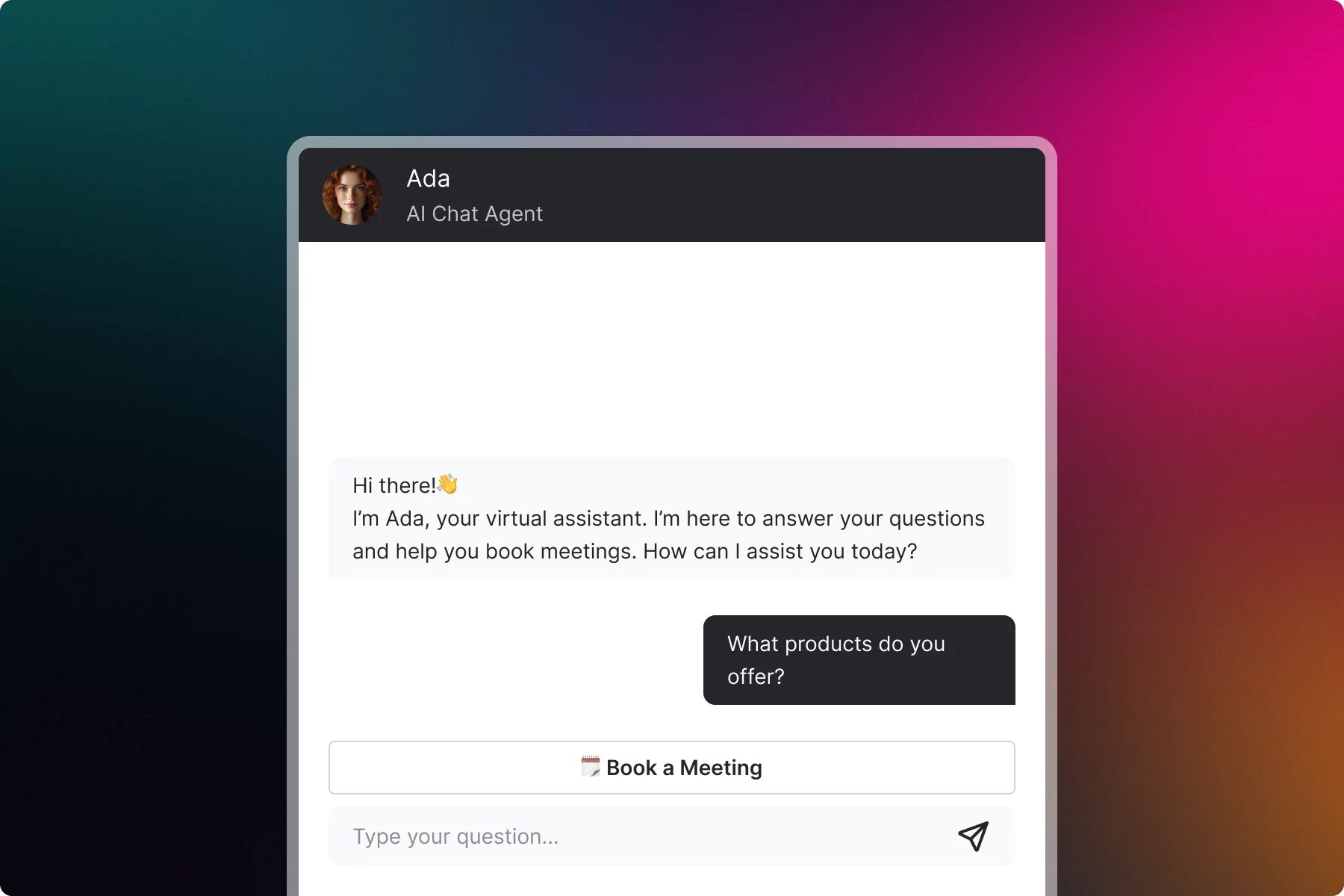Let’s be honest. The B2B sales process can be… a lot. Endless data entry, forgotten call notes, and the constant juggle between CRM updates and actual human conversation. It’s a recipe for friction, for dropped balls, for missed nuances that could have closed a deal.
But what if a significant part of that friction could just… vanish? That’s the promise of voice technology. We’re not just talking about asking your smart speaker to play music. This is about weaving voice-enabled tools directly into the fabric of your sales workflow, creating a more intuitive, efficient, and frankly, more human process.
Beyond Dictation: What Voice Tech Actually Does for Sales
Sure, dictating emails hands-free is a nice perk. But the real power of voice technology in B2B sales processes is its ability to act as an intelligent assistant. Think of it less like a tool and more like a co-pilot. This co-pilot listens, understands context, and automates the tedious stuff in the background.
Here’s the deal. Modern voice AI can:
- Transcribe and analyze sales calls in real-time, picking out keywords, competitor mentions, and even customer sentiment.
- Auto-populate your CRM by listening to your post-call summary and pulling out action items, next steps, and key details.
- Provide real-time coaching by whispering relevant data points or suggested talking points into your ear during a live call.
It’s like having a super-organized, data-obsessed intern who never sleeps, but without the coffee runs.
The Tangible Benefits: Why Your Team Will Thank You
Okay, so it sounds cool. But what does this actually translate to in the day-to-day grind? The benefits are, honestly, pretty compelling.
1. Reclaiming Your Most Precious Resource: Time
Manual data entry is a soul-crushing time sink. A sales rep can spend up to a third of their day on administrative tasks instead of selling. Voice technology slashes that. A quick voice note—”Log a call with Jane Doe at Acme Corp, discussed pricing tier 3, send follow-up proposal by Friday”—is all it takes. The system does the rest. That’s hours given back to your team every single week.
2. Richer Data and Deeper Insights
Human memory is flawed. We forget the little things—the offhand comment about a budget cycle, the subtle hesitation when discussing a feature. Voice AI doesn’t. It captures every word. This creates a goldmine of data for sales intelligence. You’re no longer just logging that a call happened; you’re capturing the context of the call. This allows for better forecasting, more personalized follow-ups, and a clearer understanding of what’s truly resonating with prospects.
3. Enhanced Seller Experience and Reduced Burnout
Sales burnout is a real problem. A major contributor? Administrative drag. By removing this friction, voice tech makes the job of selling enjoyable again. Reps can focus on what they do best: building relationships and solving problems. It’s the difference between being a strategic advisor and a data-entry clerk.
Putting Voice to Work: Real-World Applications
Let’s get concrete. How is this actually being used? Well, imagine these scenarios:
- Post-Call CRM Updates: Right after a call, a rep says, “Okay, log that Sarah from Innovate Inc. is interested in a demo next week. She’s concerned about integration with their legacy system. Also, note that her technical decision-maker is named Ben.” The CRM is updated before they’ve even hung up.
- Real-Time Deal Coaching: During a complex negotiation, a rep gets a quiet, AI-generated prompt in their ear: “Reminder: The client’s contract is up for renewal in 45 days. Consider mentioning our early-renewal discount.”
- Voice-Powered Sales Enablement: While preparing for a call, a rep asks, “What were the main pain points mentioned in our last conversation with this client?” and gets an instant, accurate summary pulled from previous call transcripts.
Navigating the Hurdles: It’s Not All Smooth Talking
Of course, no technology is a magic wand. There are challenges to consider when integrating voice technology into your B2B sales process.
Data Security and Privacy: This is a big one. You’re dealing with sensitive business conversations. Any voice tech solution must have enterprise-grade security, encryption, and clear data governance policies. You need to know where the data is stored and who has access to it.
Accuracy and Context Understanding: Early voice recognition struggled with accents, industry jargon, and conversational nuance. The tech has gotten much better, but it’s not perfect. You’ll want to test a platform’s accuracy with your specific terminology before committing.
User Adoption: Let’s face it, some reps might be skeptical. Or uncomfortable. The key is to position it as an assistant, not a monitor. It’s there to make their lives easier, not to micromanage them. Training and highlighting the time-saving benefits are crucial.
The Future is Conversational
So, where is all this headed? The trajectory is clear: sales tools are becoming more conversational, more intuitive, and more integrated. Voice is the most natural interface we have. It’s how we’ve communicated for millennia.
The B2B companies that will pull ahead are the ones that realize this isn’t just a gimmick. It’s a fundamental shift towards a more efficient and human-centric way of selling. It’s about augmenting your team’s talent, not replacing it. It’s about freeing them from the screen so they can do what only humans can: connect, empathize, and close.
The question isn’t really if voice technology will become standard in sales tech stacks, but when. And for the sales teams who start the conversation now, the future sounds very, very bright.

